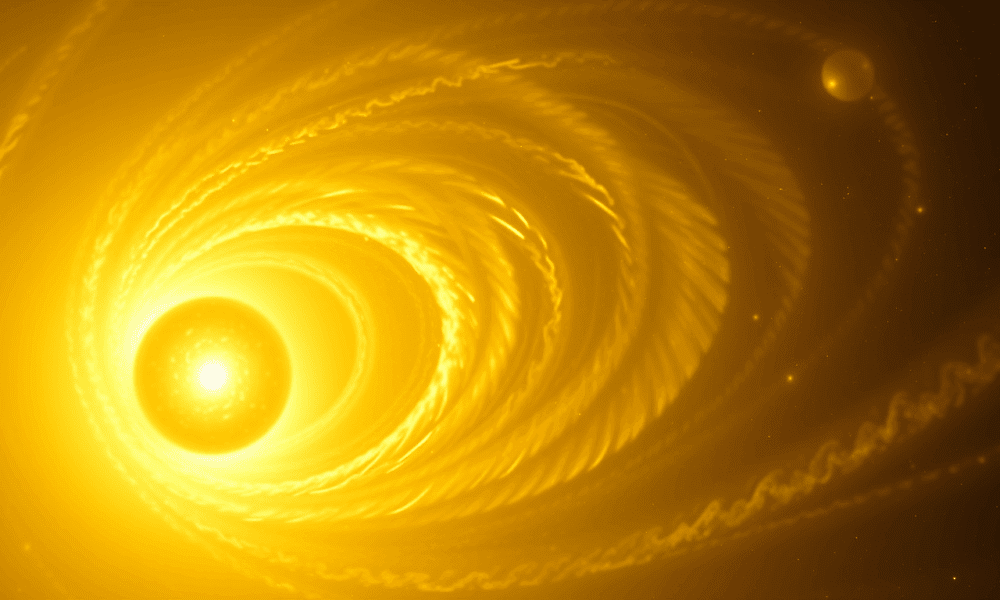
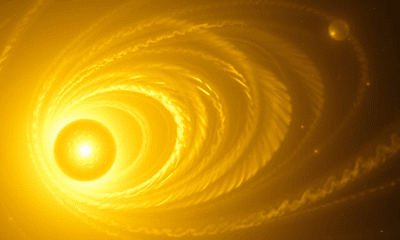

An international team of scientists have provided an unprecedented tally of elemental sulfur spread between the stars using data from the Japan-led XRISM (X-ray Imaging and...

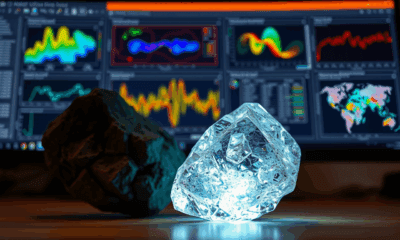

A rare mineral from a 1724 meteorite defies the rules of heat flow, acting like both a crystal and a glass. Thanks to AI and quantum...
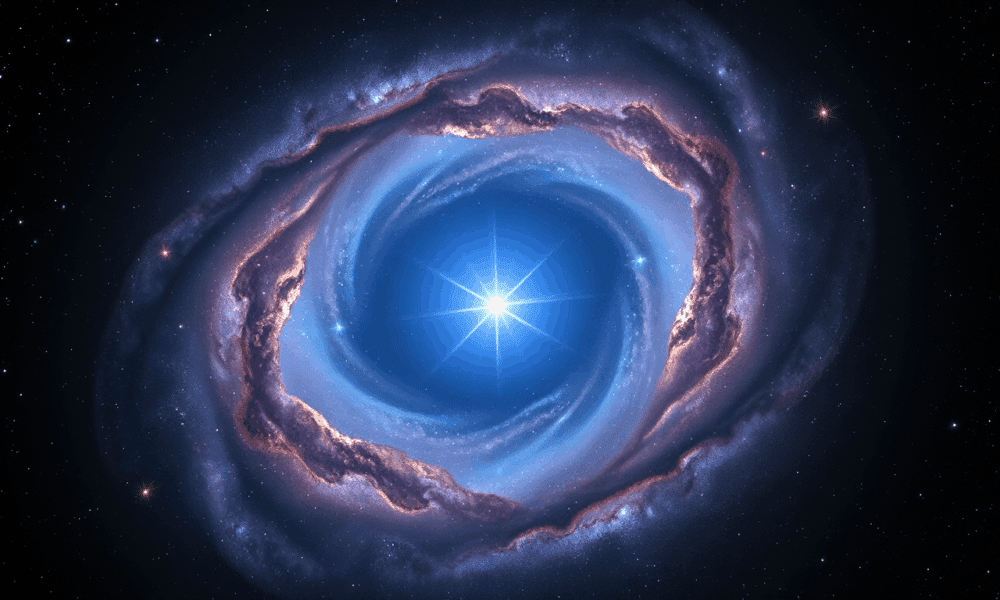
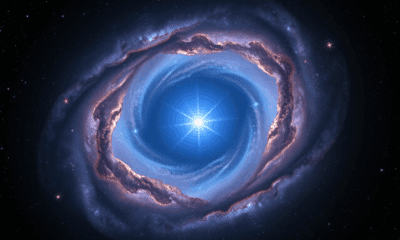

In a spectacular image captured by the Hubble Space Telescope, the spiral galaxy NGC 1309 glows with cosmic elegance and hides a strange survivor.
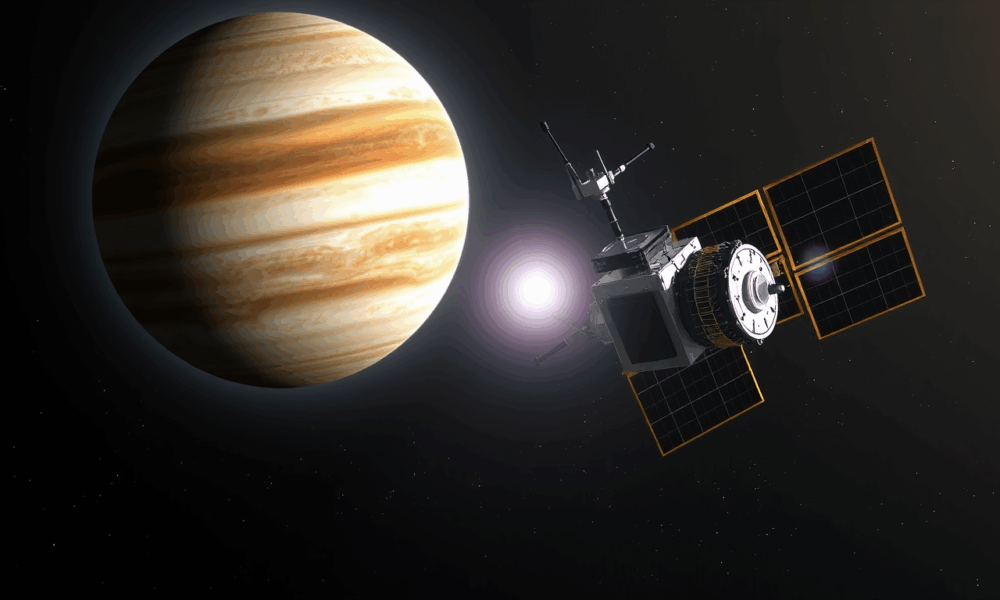
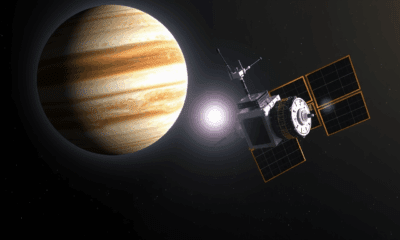

NASA’s Europa Clipper spacecraft just aced a key radar test while flying past Mars, proving its ability to detect structures beneath planetary surfaces—something that couldn’t be...



Cosmic rays from deep space might be the secret energy source that allows life to exist underground on Mars and icy moons like Enceladus and Europa....
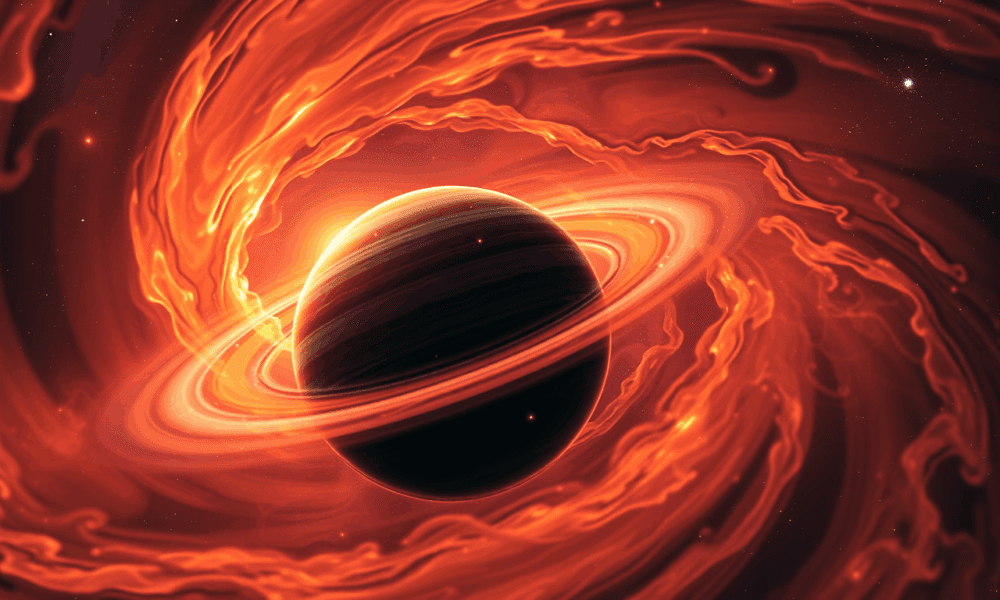
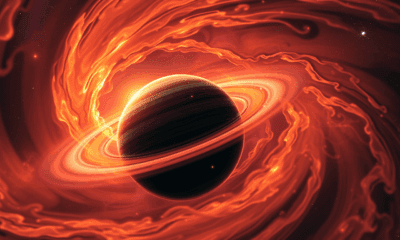

A massive, fast-orbiting planet is inching closer to its star, and scientists now have direct evidence of its impending demise. It could disintegrate, burn up, or...

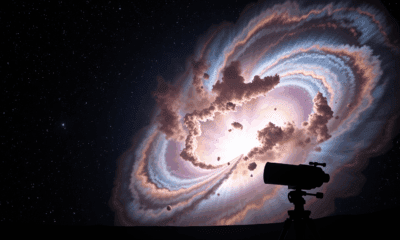

NASA’s Roman Space Telescope is set to embark on a deep-sky survey that could capture nearly 100,000 cosmic explosions, shedding light on everything from dark energy...
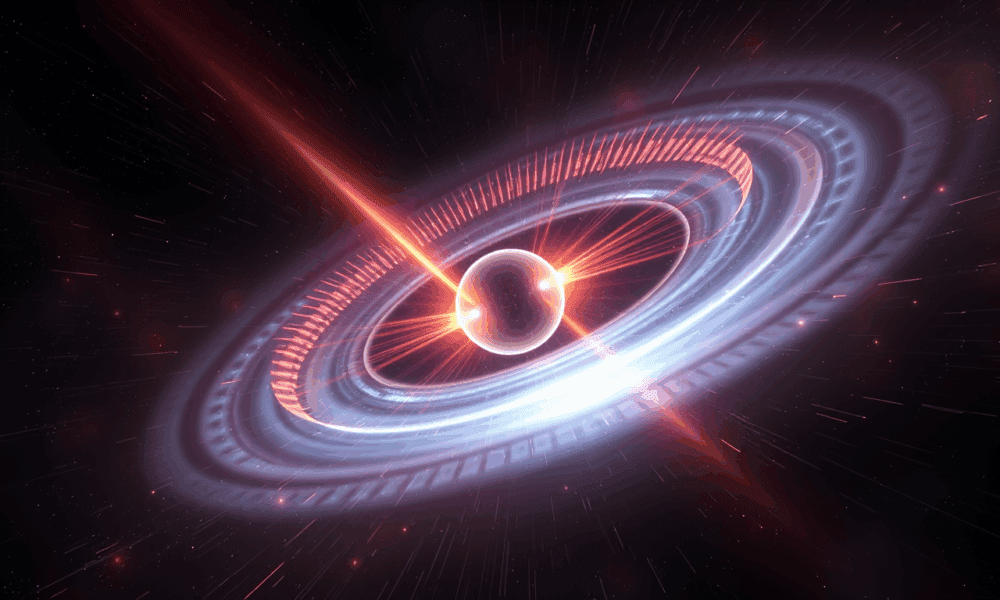
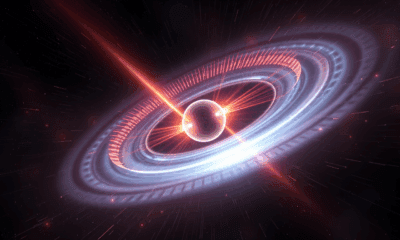

Astronomers studying a rare neutron star system have uncovered a surprising source of powerful X-rays. Using NASA s IXPE telescope and data from other observatories, an...
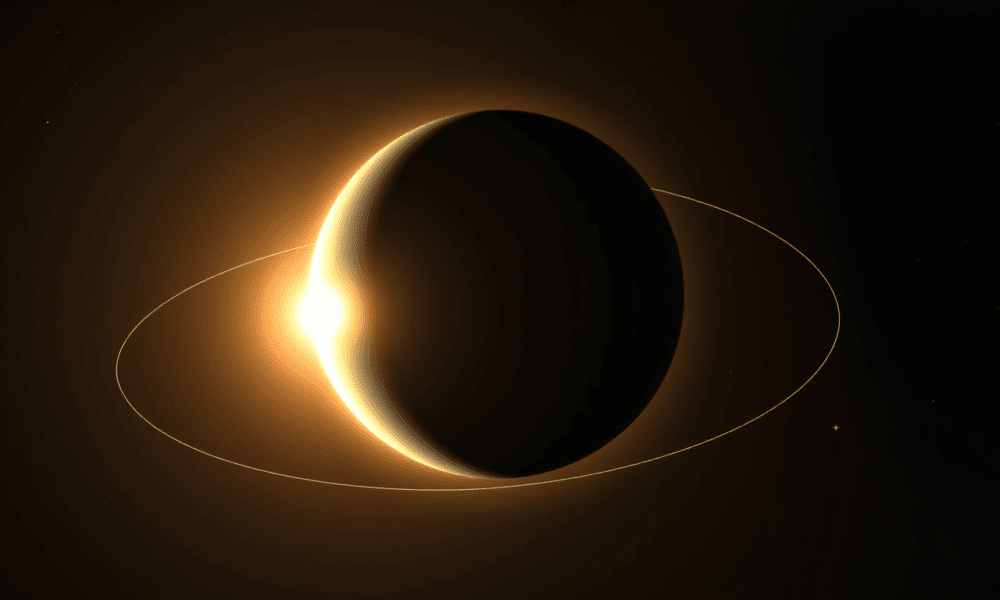
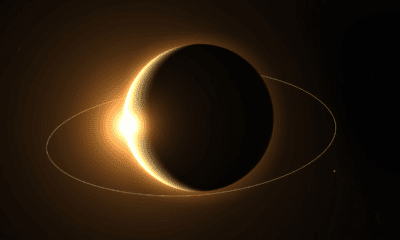

Astronomers have discovered a bizarre object in the outer solar system, 2020 VN40, that dances to Neptune’s gravitational beat in a never-before-seen rhythm. It’s the first...
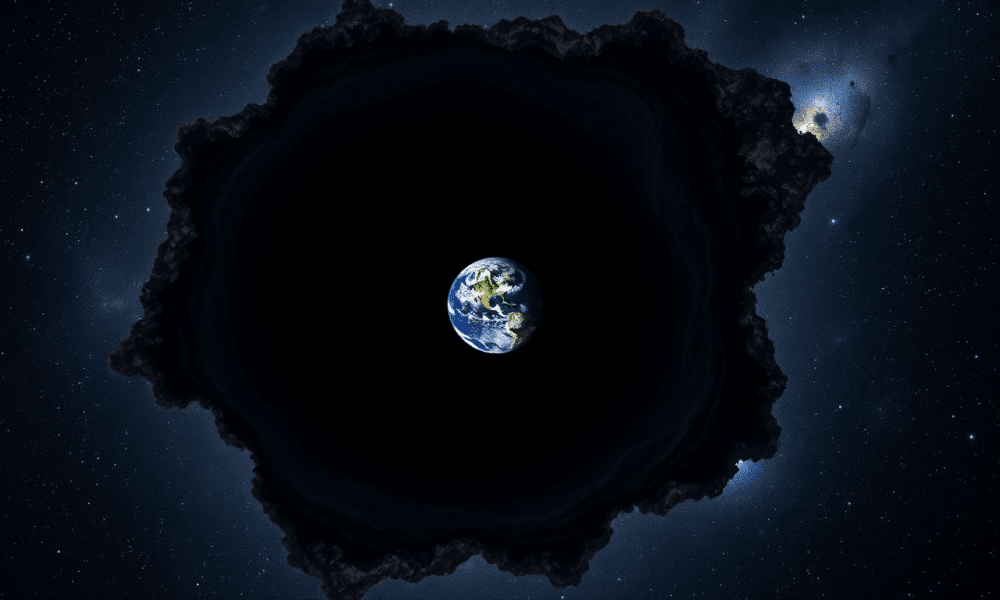
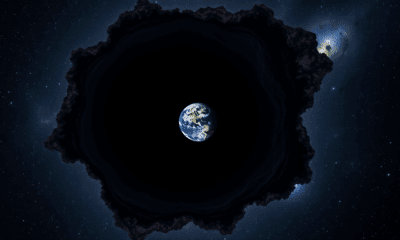

Our galaxy may reside in a billion-light-year-wide cosmic bubble that accelerates local expansion, potentially settling the long-running Hubble tension. Galaxy counts reveal a sparsely populated neighborhood,...